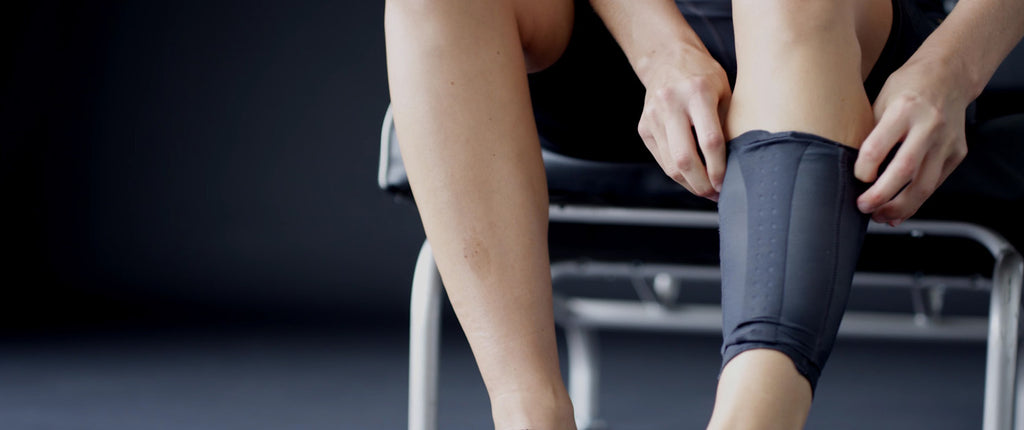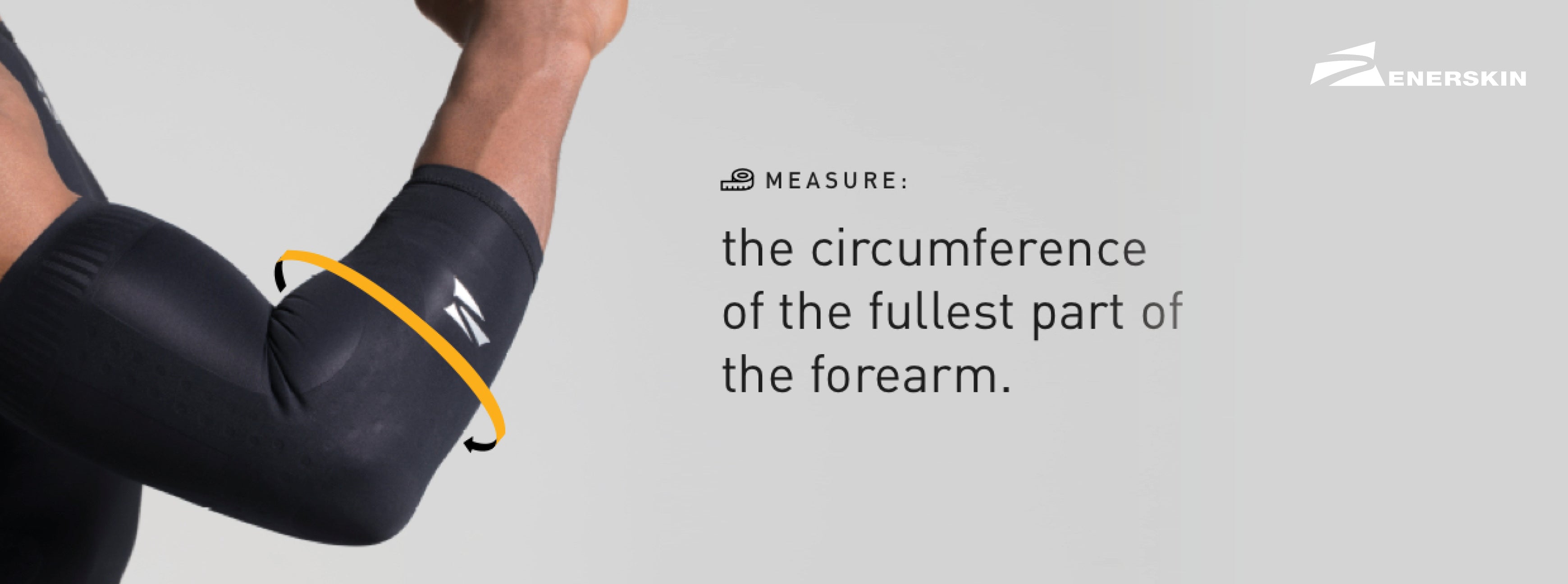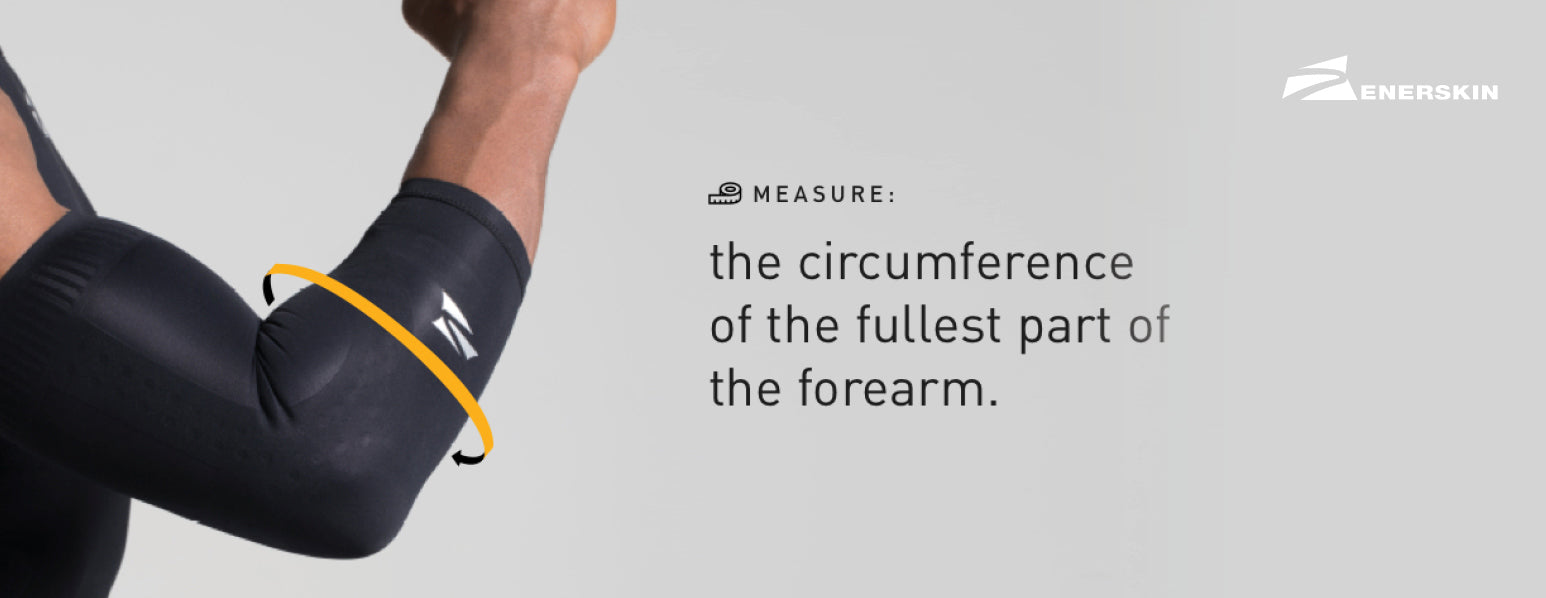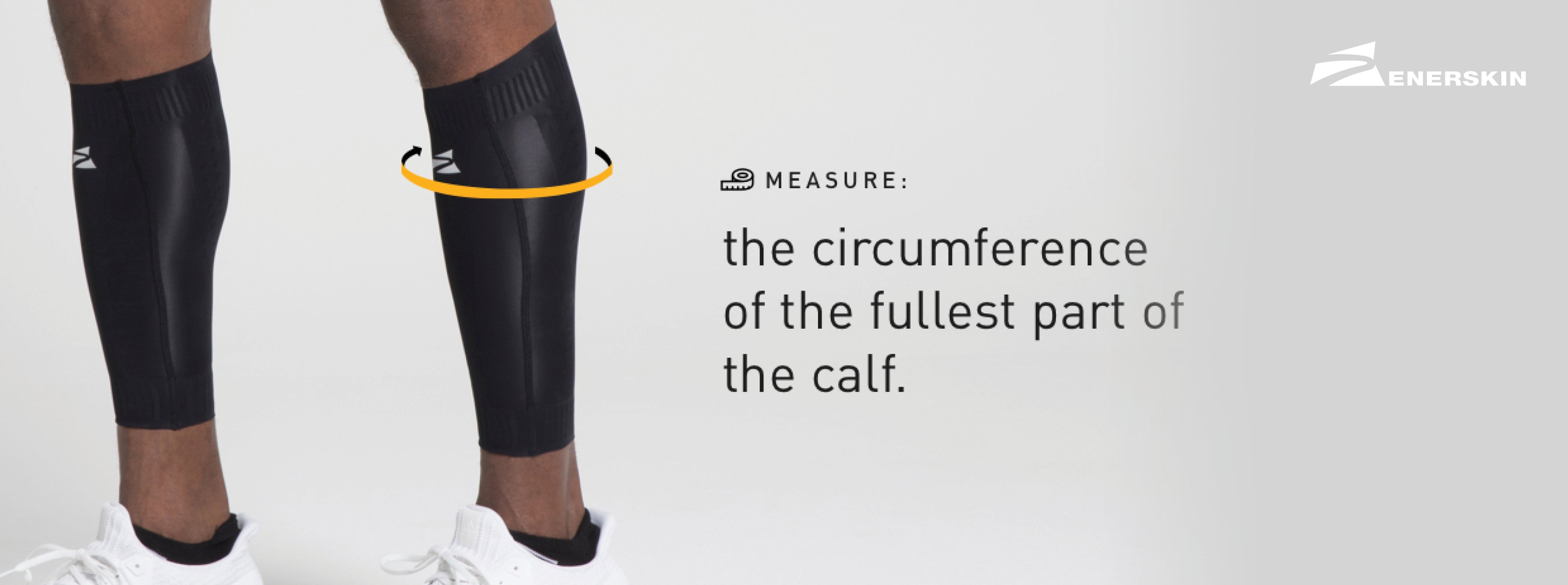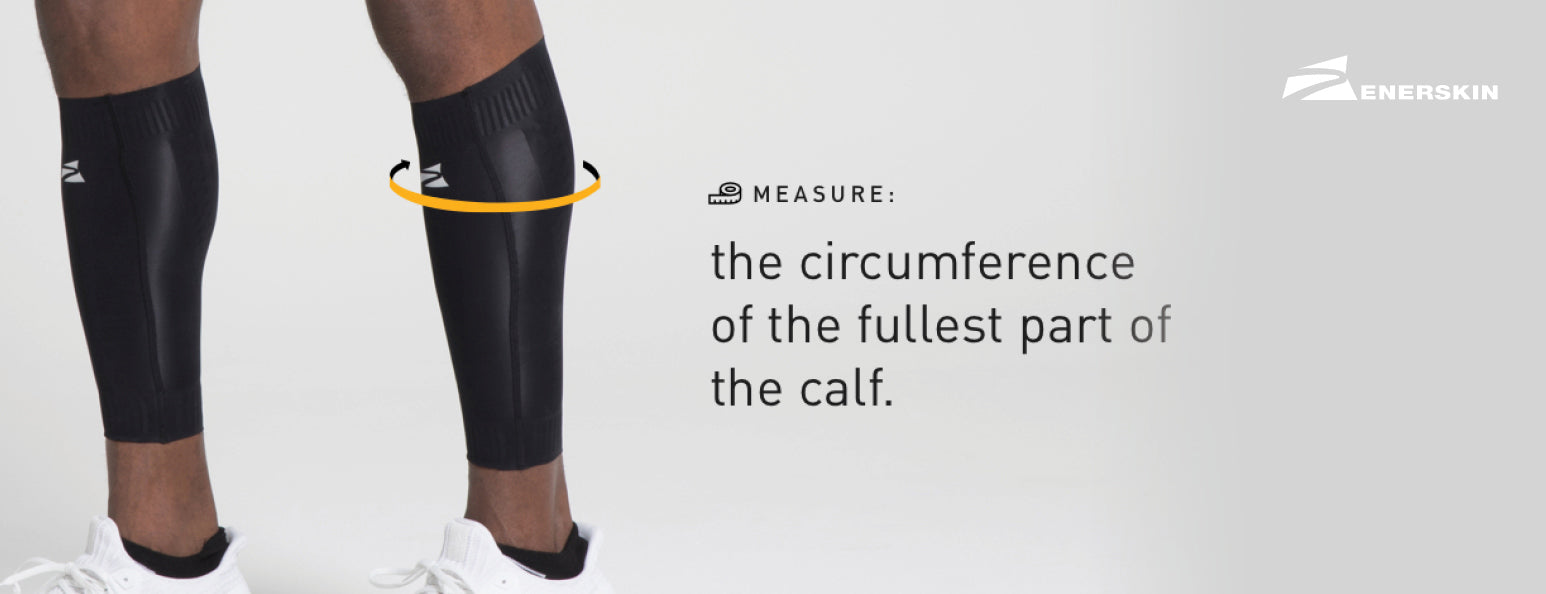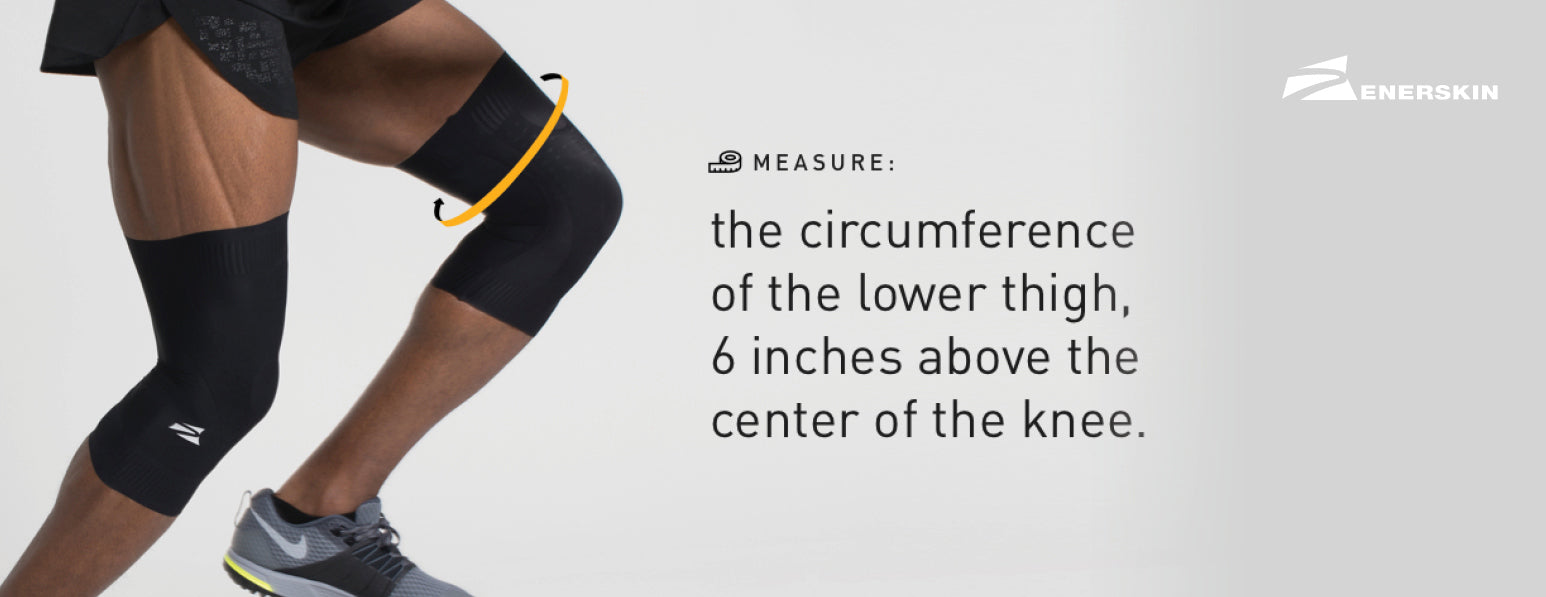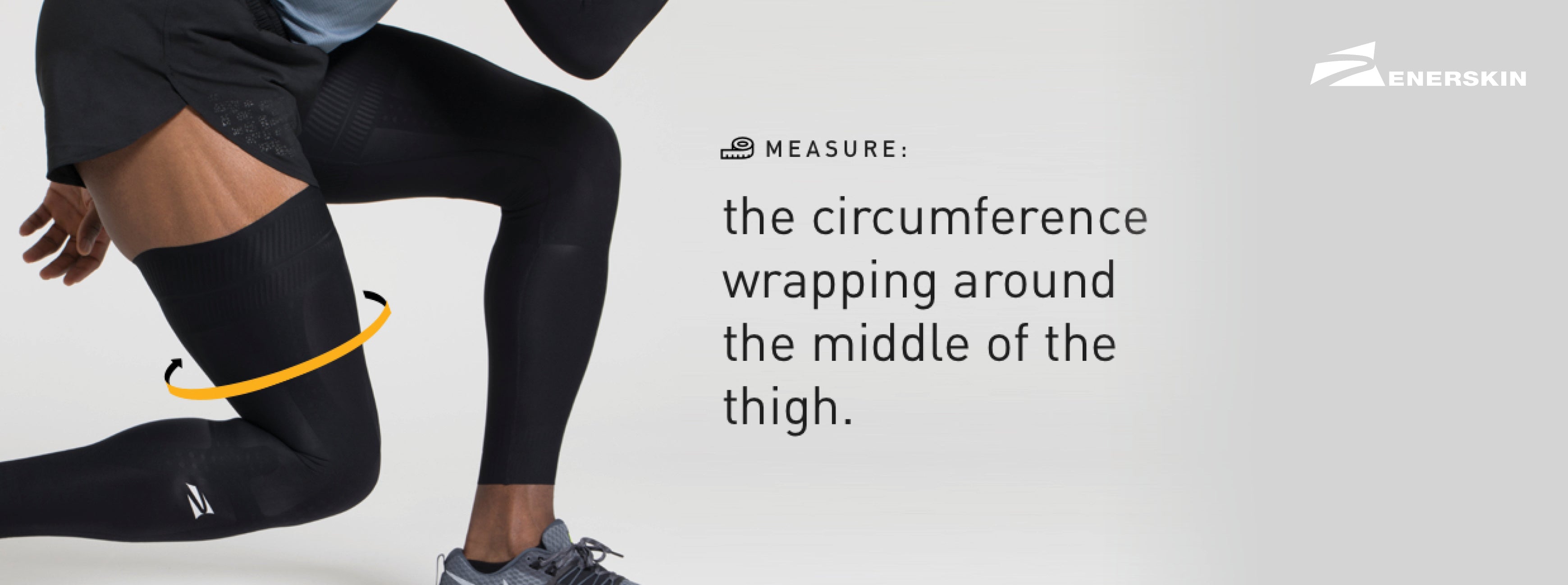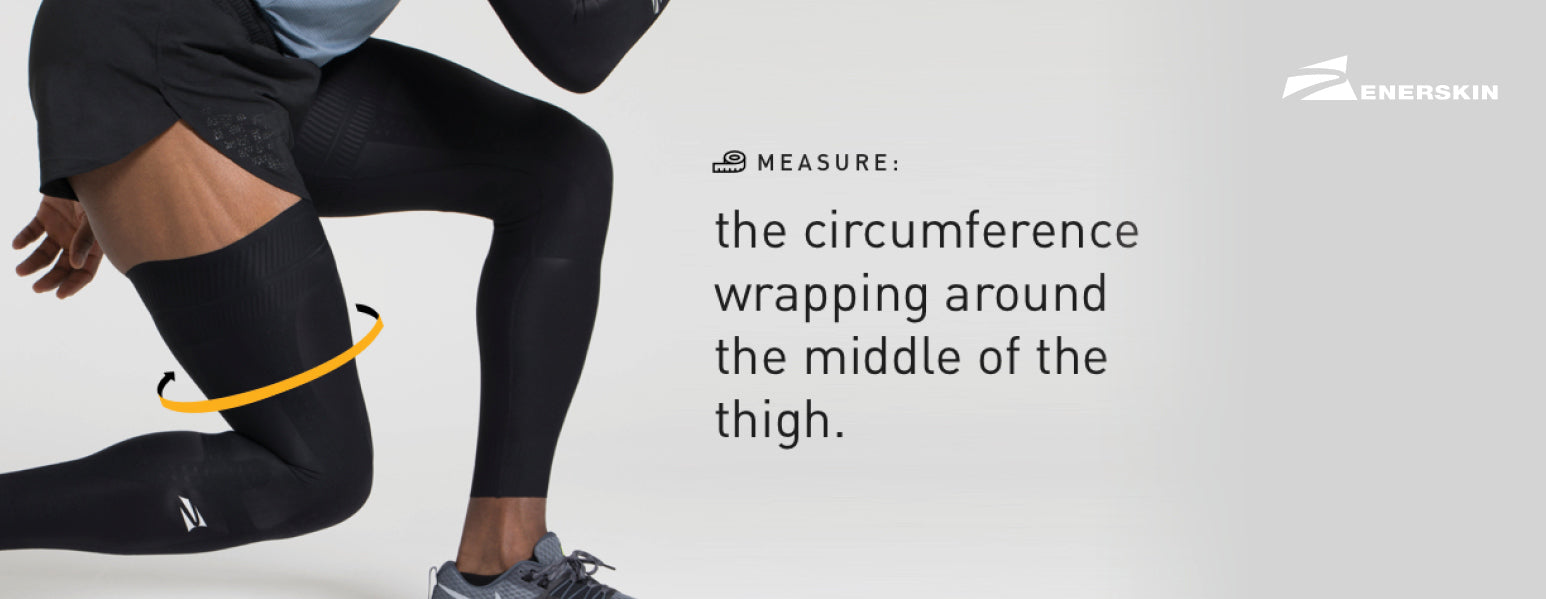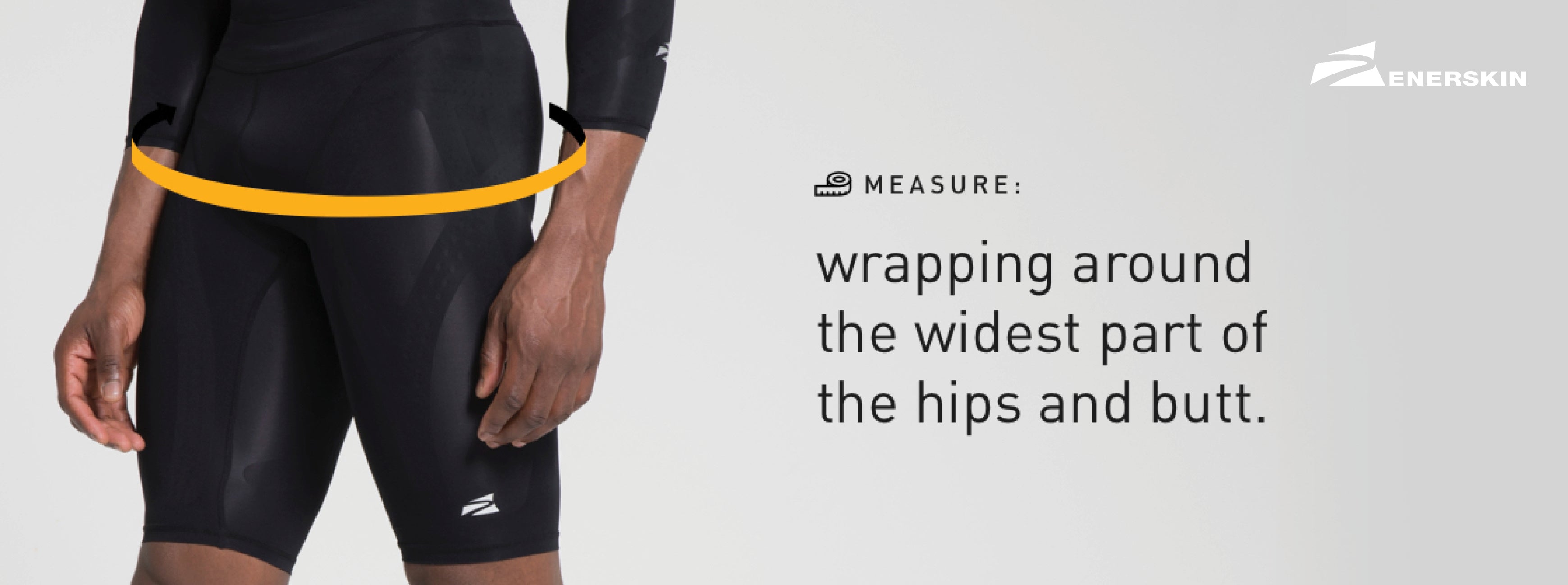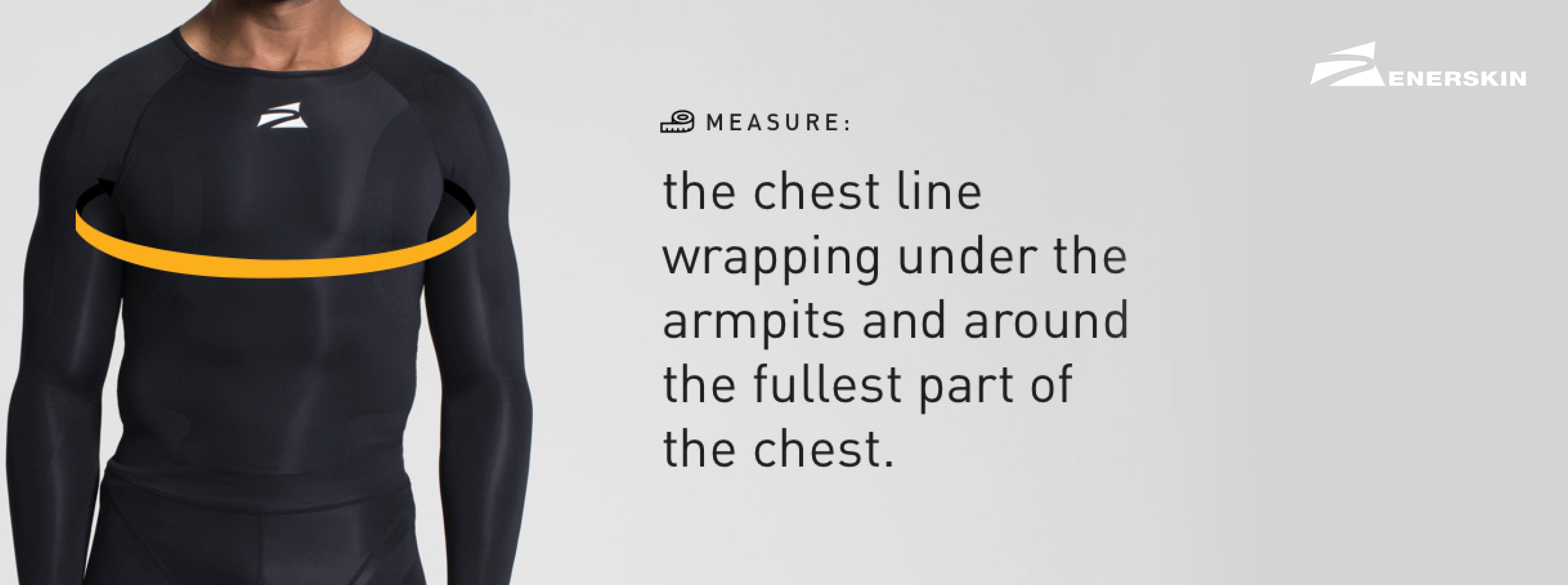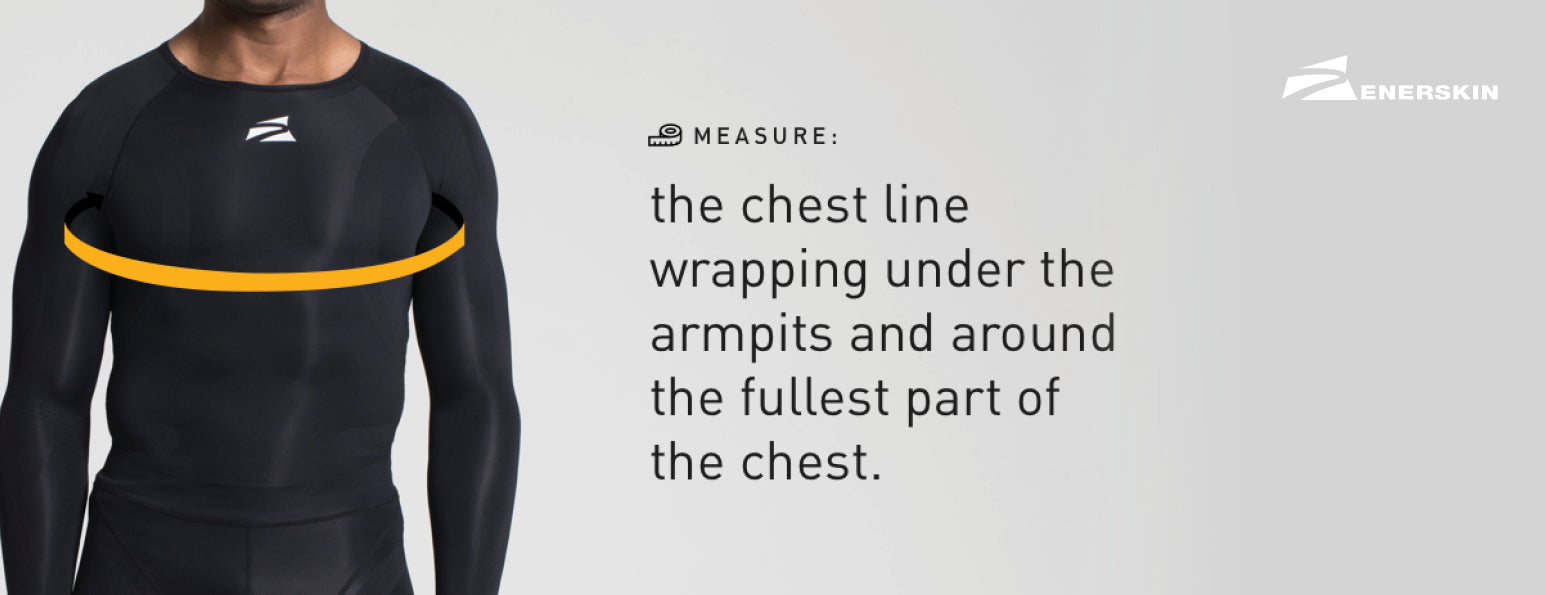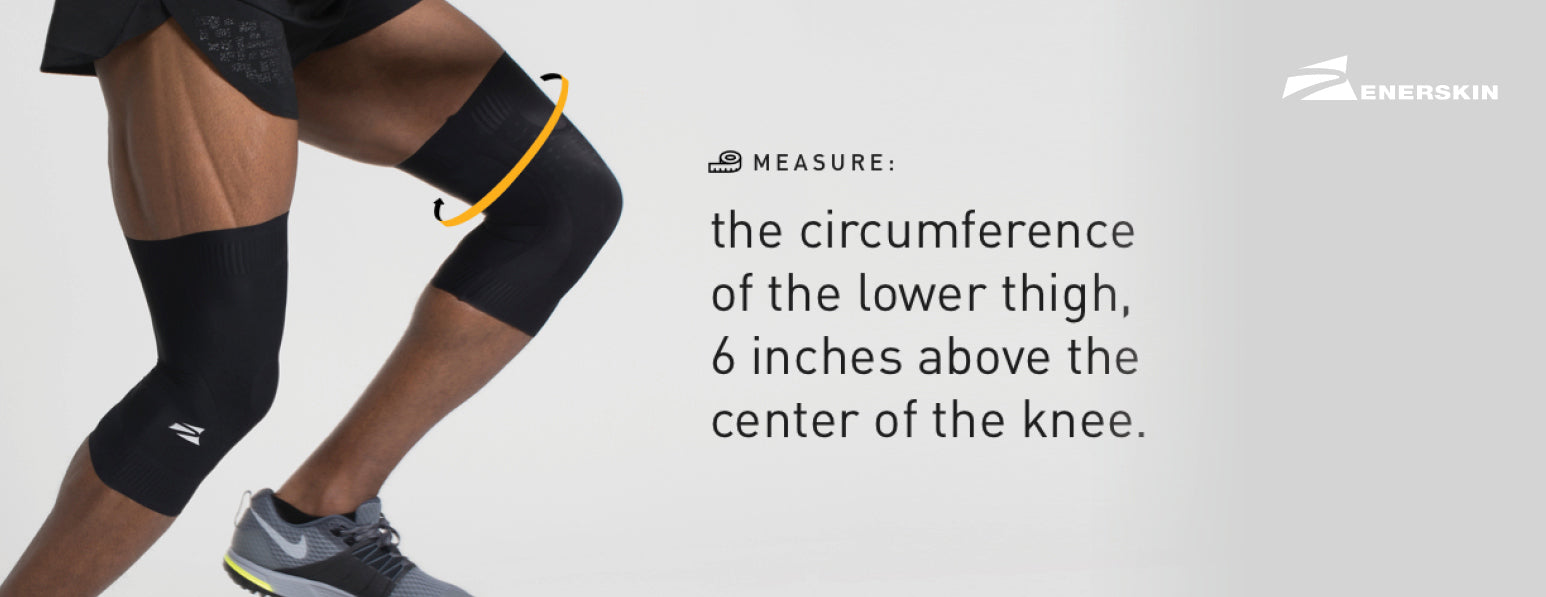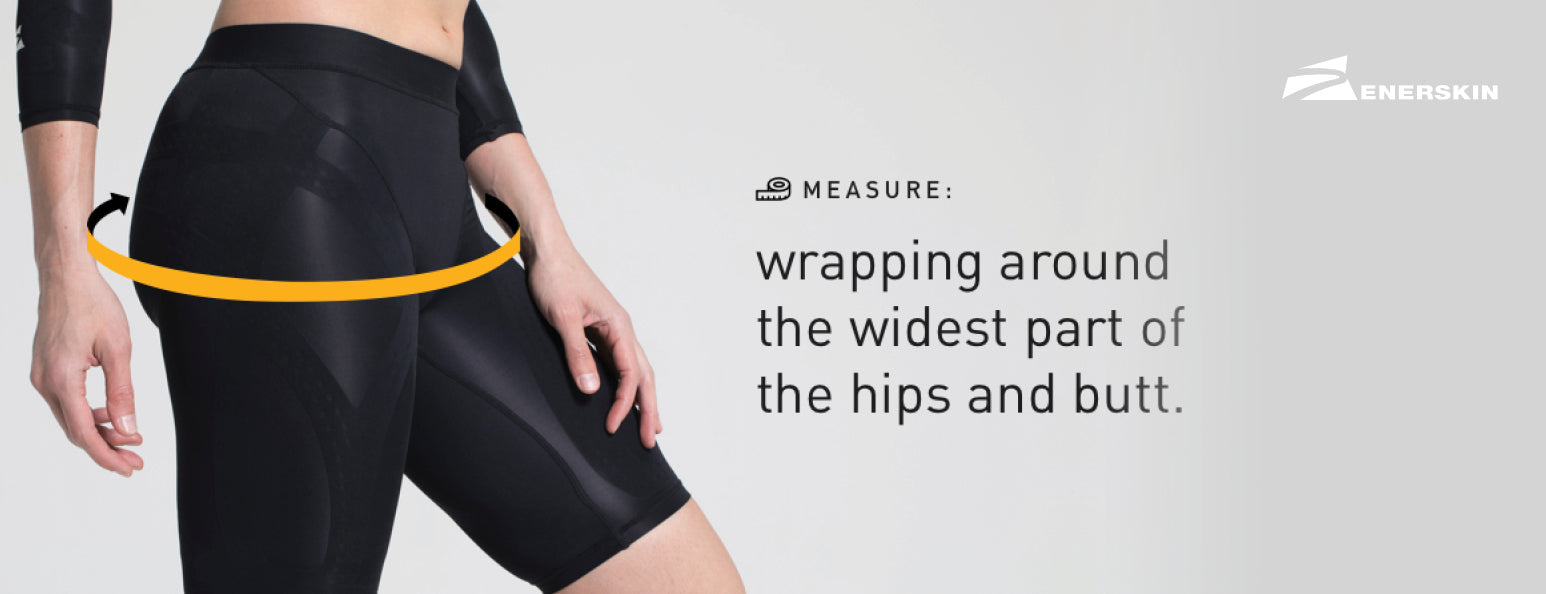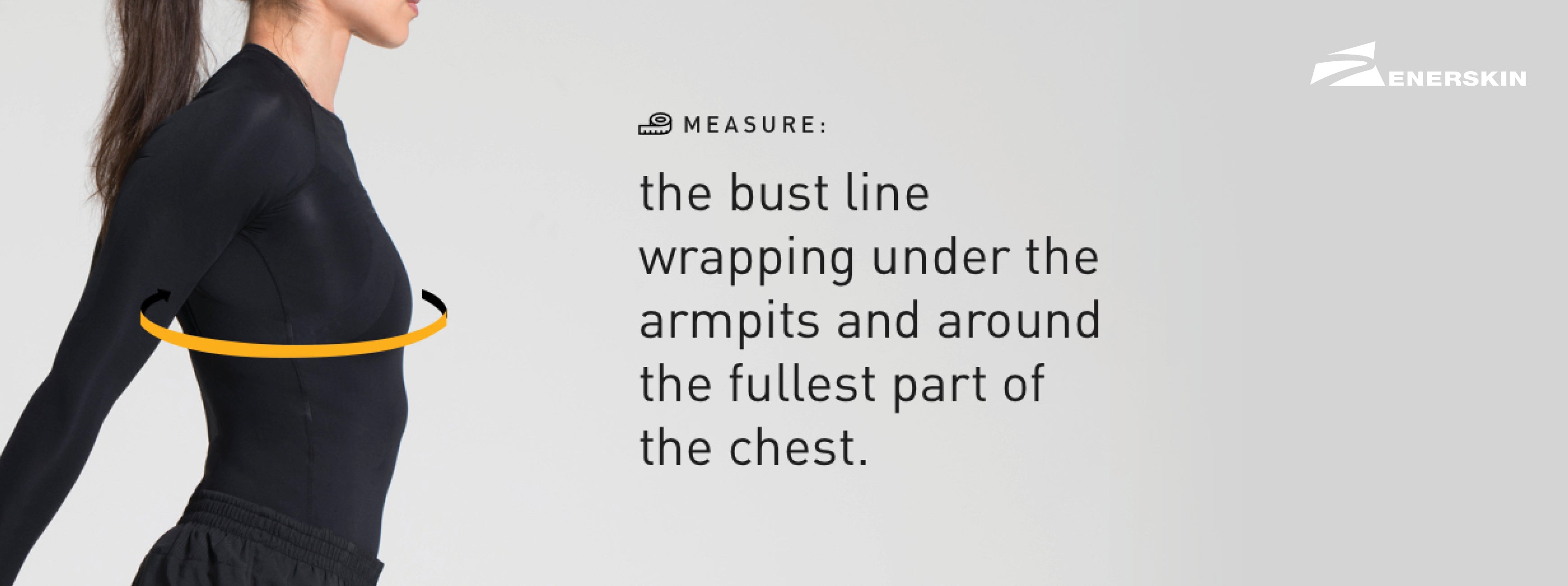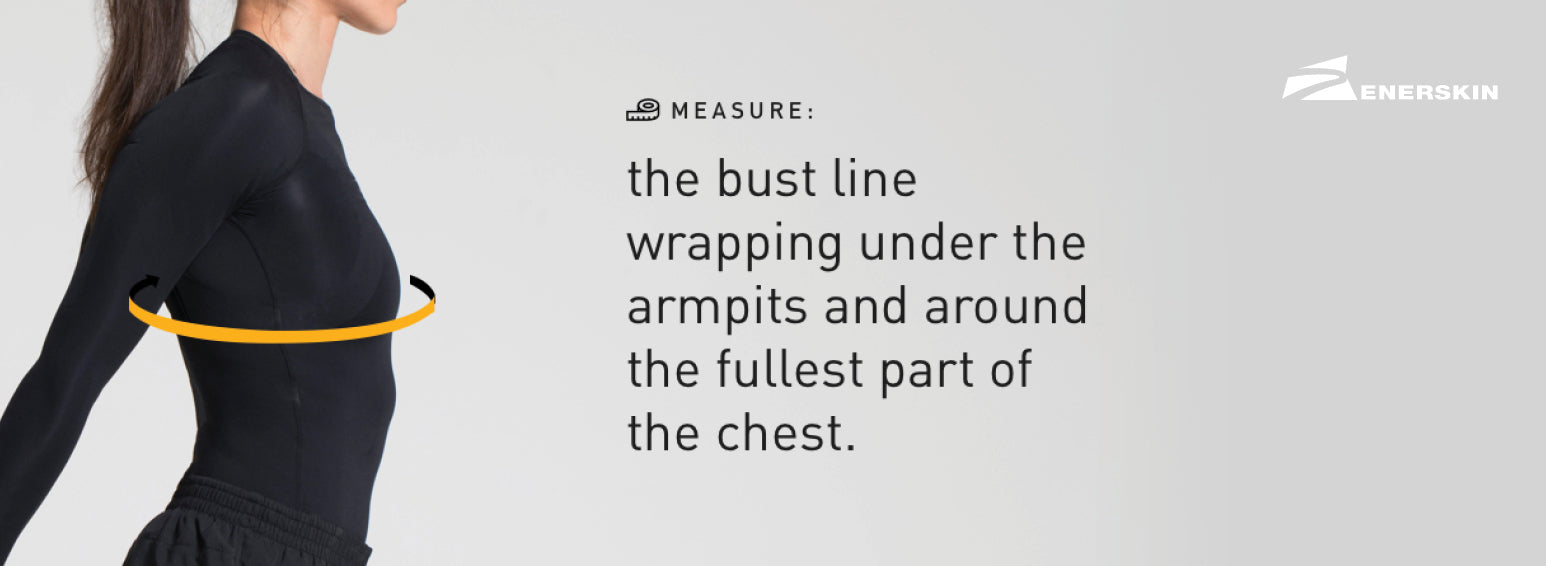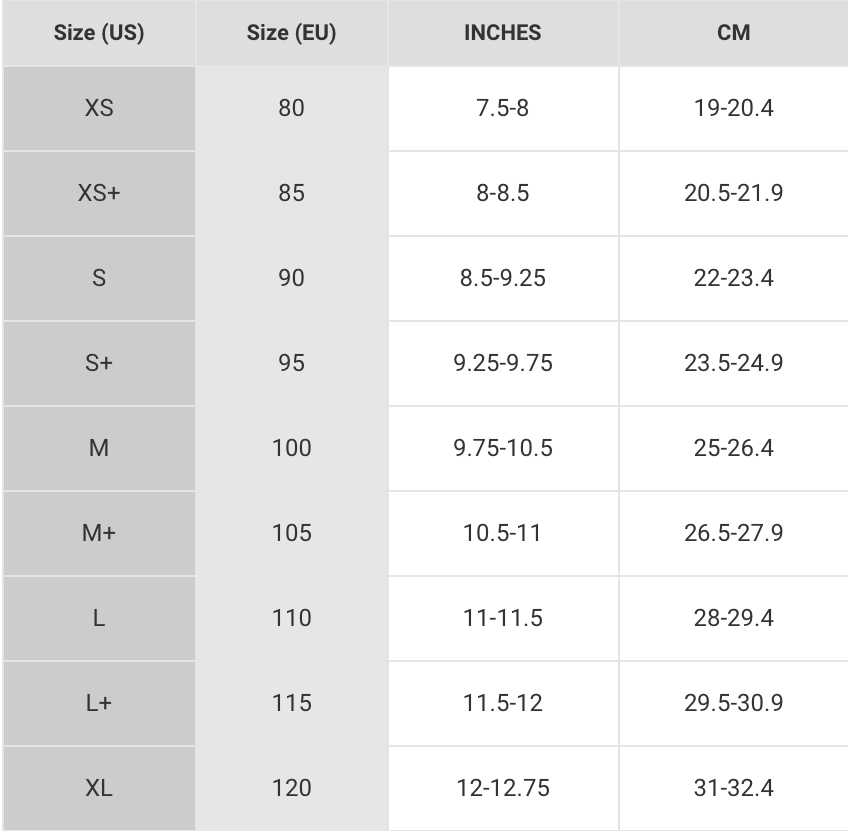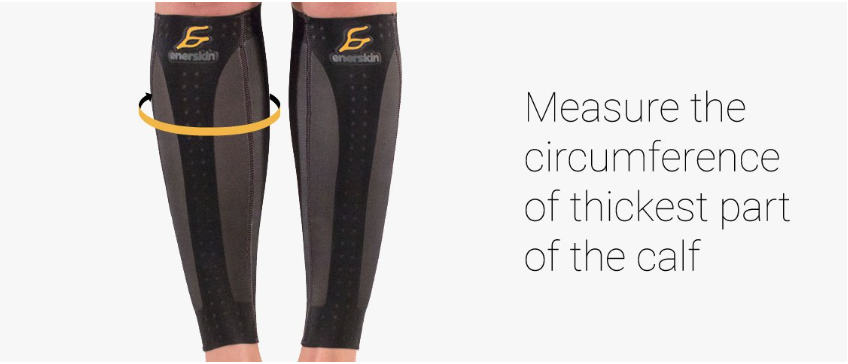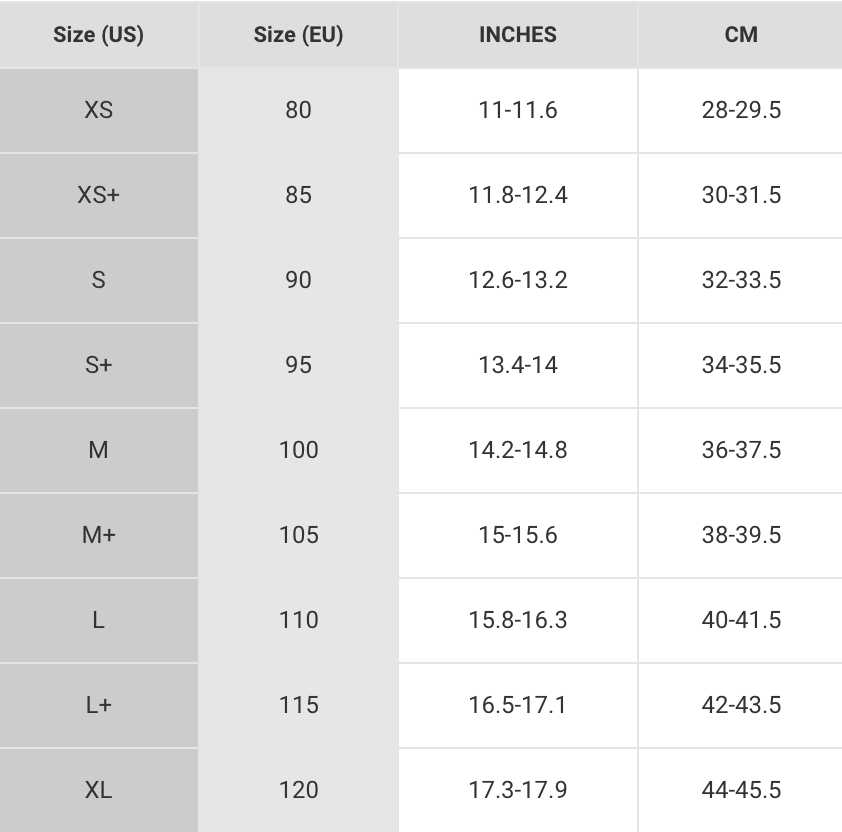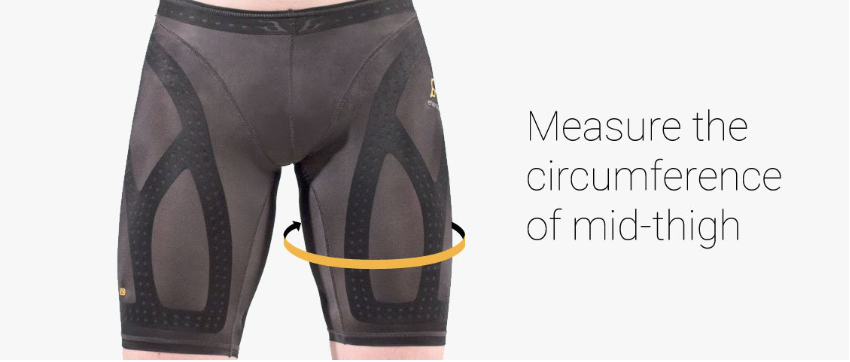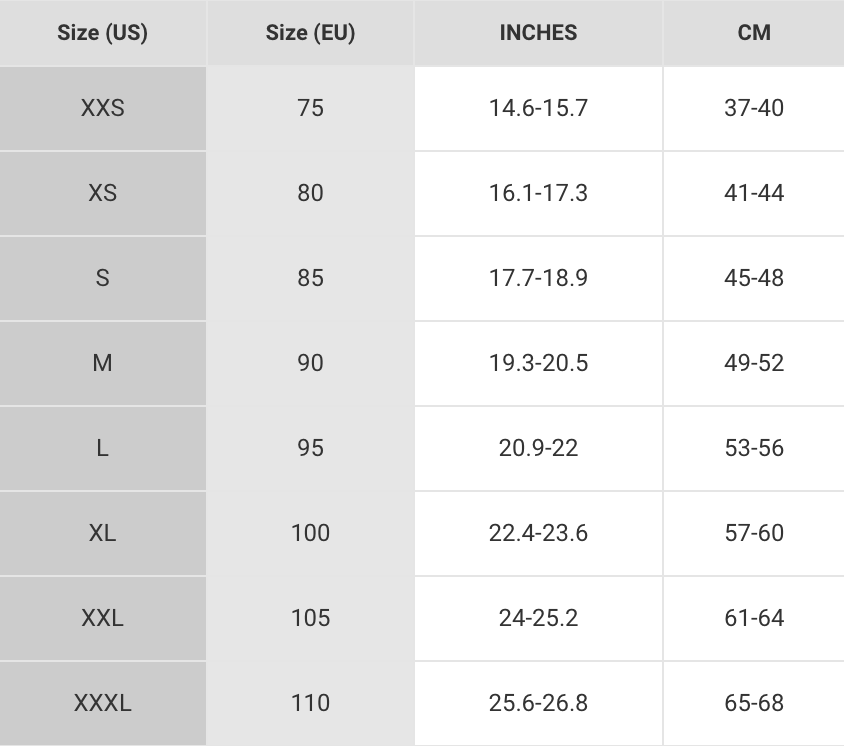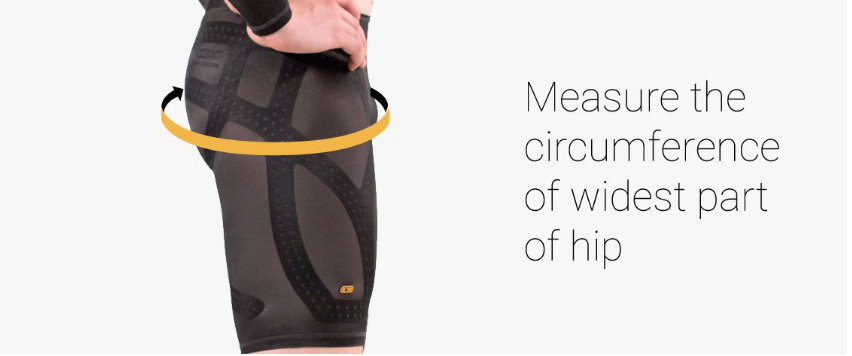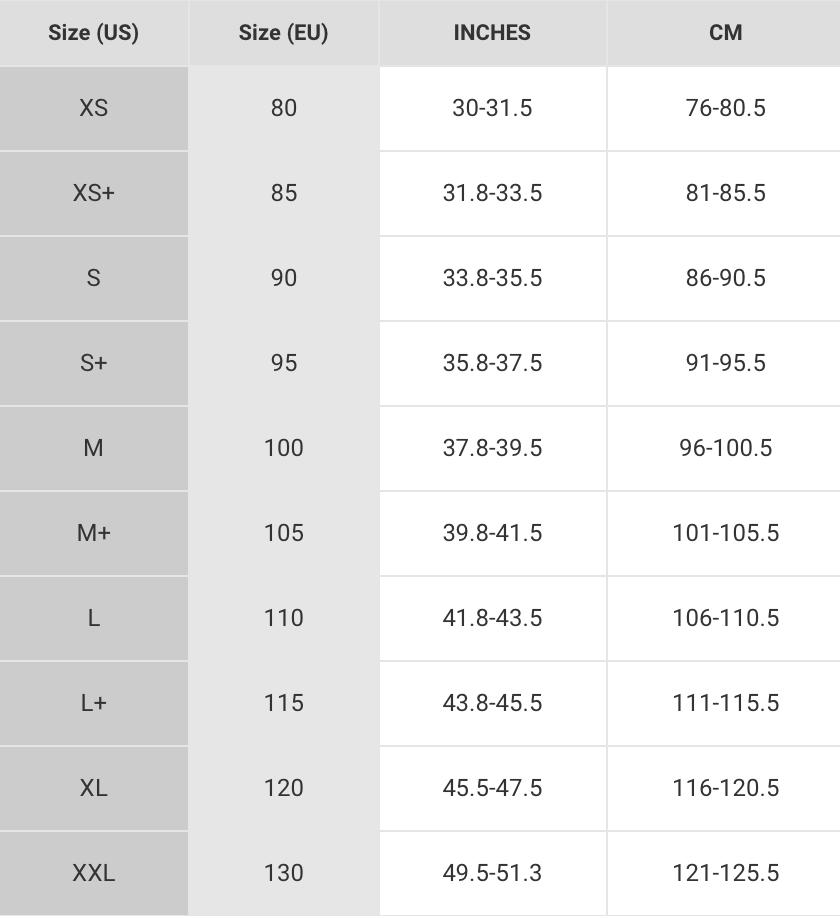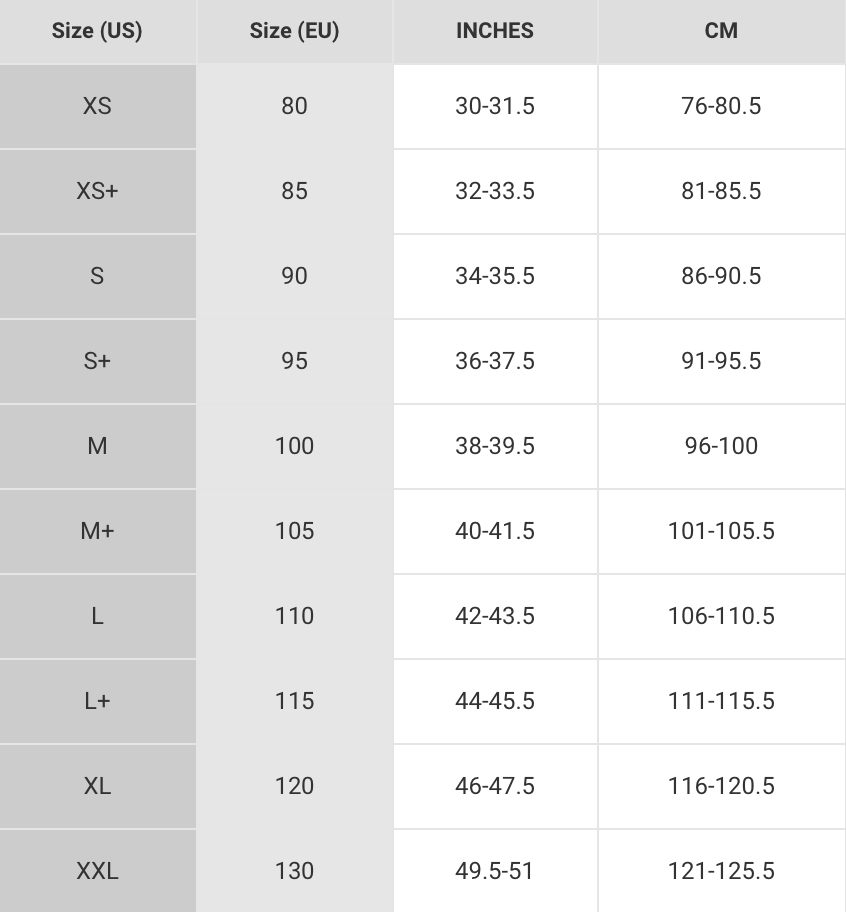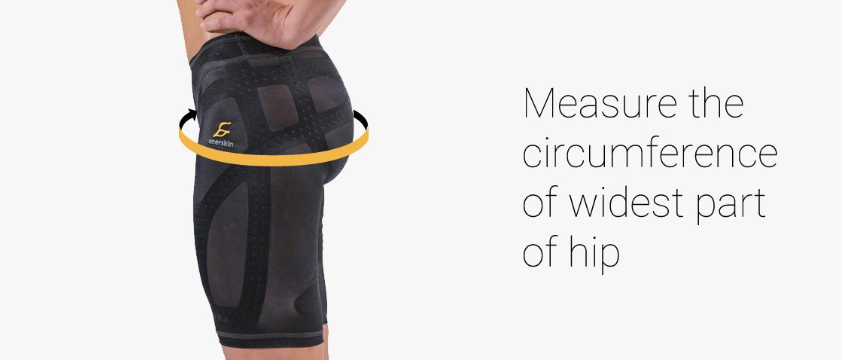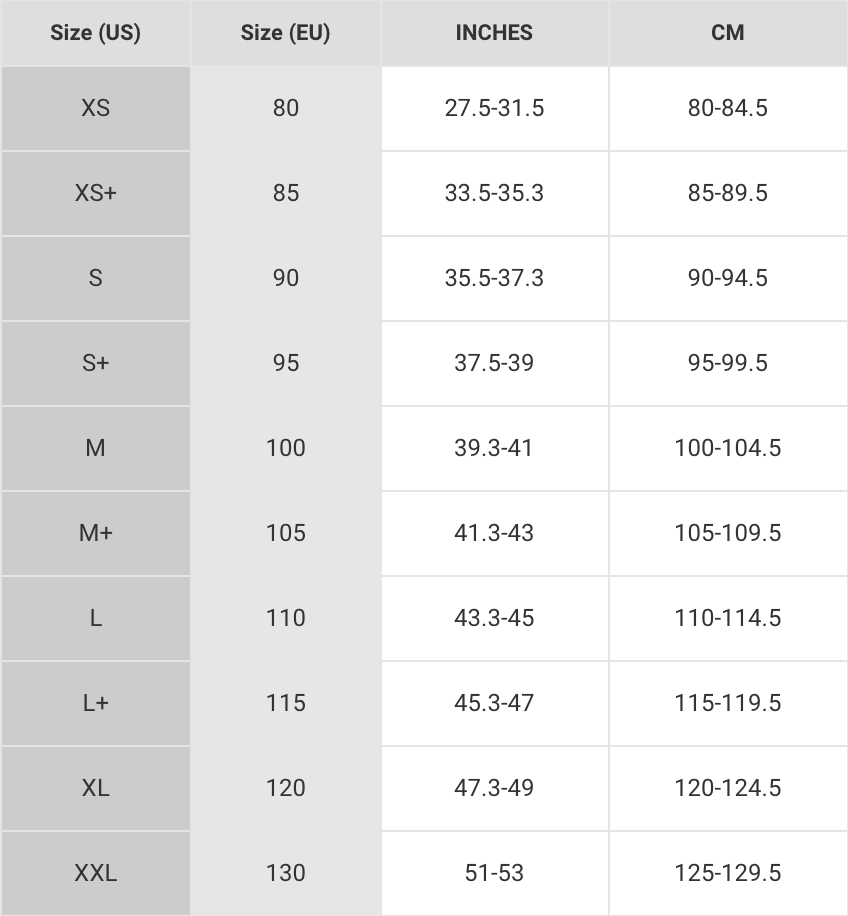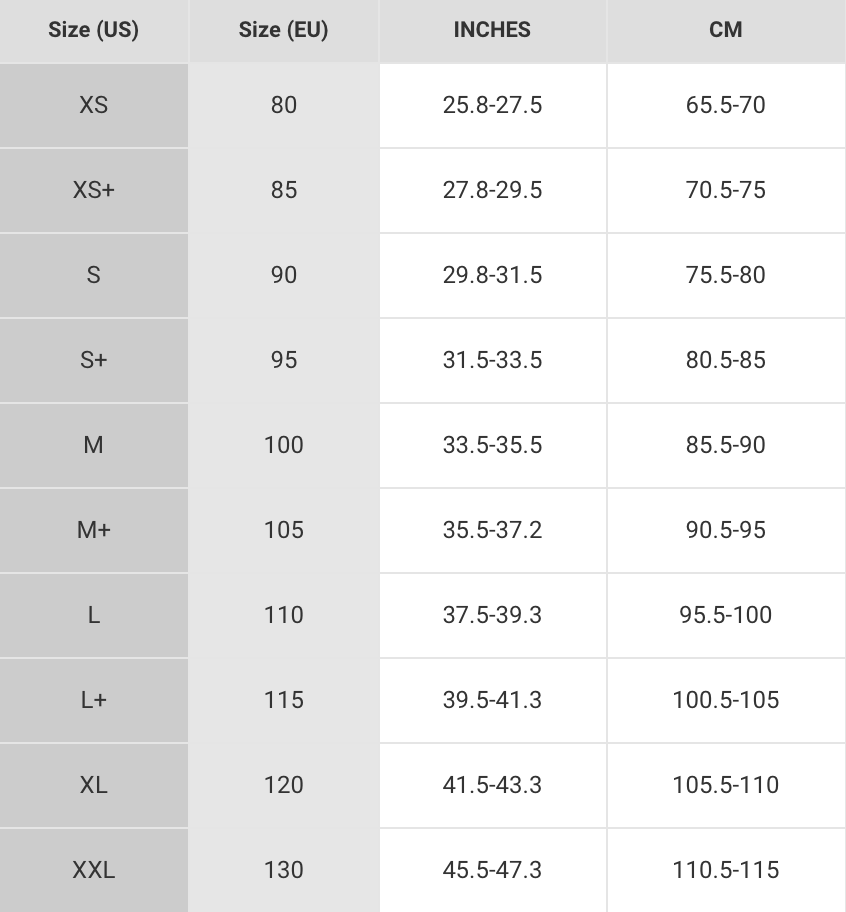Dynamic Stretching
Passive stretching.
You’ve done it since elementary school gym classes, bending your body in funny positions and holding stretches for 20 seconds at a time. While better than not warming up at all, passive stretching in recent years has been shown to actually inhibit athletic performance when done before a workout, game, or race.
You read that right! Several recent studies using different methodologies have come to the same conclusion on pre-workout passive stretching. A Stephen F. Austin State University study found that individuals who stretched passively before lifting experienced more strength impairment compared to individuals who stretched dynamically. Another study published in the Scandinavian Journal of Medicine and Science in Sports found that pre-workout passive stretching impaired explosive movement and athletic performance.
When you think about this some more, it makes sense. Prior to a workout, you’re prepping your muscles for something entirely different than after a workout. Pre-workout, warming up your muscles and getting them ready for intense physical activity is the priority. Post-workout, relaxing your muscles and getting them ready for recovery is the goal. So why use the same stretches for both?
Enter dynamic stretching.
 Dynamic stretching is defined as movement-focused stretching, where you’ll go through a muscle’s range of motion and avoid holding specific poses for long periods of time. Picture movement-based bodyweight lunges and trunk twists as some basic examples. With dynamic stretching, you’re prepping your body using moves that are similar to the upcoming physical activity.
Dynamic stretching is defined as movement-focused stretching, where you’ll go through a muscle’s range of motion and avoid holding specific poses for long periods of time. Picture movement-based bodyweight lunges and trunk twists as some basic examples. With dynamic stretching, you’re prepping your body using moves that are similar to the upcoming physical activity.
Dynamic stretching results in increased blood flow, an activated nervous system, and enhanced performance. Some additional benefits are listed below:
• It simulates motions that your muscles will be performing during the activity, helping activate those muscles
• It improves range of motion, and more so than passive stretching when done before a workout
• It helps you get more in tune with your body, since you’ll be doing more difficult movements that may involve multiple muscles
• It increases power and muscular performance - 31 studies published in the British Journal of Sports Medicine have supported this
There are a variety of dynamic stretches tailored to specific athletic activities and sports that you can easily find with a quick online search. We encourage you to do some research in this area and pick out a few new stretches to try out as part of your warm-up routine.
Another note - up to this point we’ve been casting passive stretching in a more negative light. However, passive stretching is still effective for post-workout recovery, and we encourage you to continue using those stretches to release muscle tension and speed up recovery.
Further improve your workouts with the Enerskin E75 collection. Our line of compression gear helps athletes experience the benefits of therapeutic taping in a reusable form that saves money and doesn't damage the skin.
Our patented silicone support tape is mapped to the major muscle groups on the body, offering enhanced compression and optimal support. It’s also infused with Germanium, a semiconductor element that’s been shown to increase circulation and reduce pain, stiffness, and swelling.

To supplement your dynamic stretches, use the Enerskin E75 leg compression sleeves to boost stabilization and guard against fatigue and strain during your workouts and training. The E75 leg compression sleeve set offers full leg coverage from the quadriceps down through the calves and supports key muscles and tendons that the knees rely on.
Sources:
https://www.beachbodyondemand.com/blog/dynamic-vs-static-stretching-warm-up-exercises
https://greatist.com/fitness/stretching-dynamic-warmup-040413
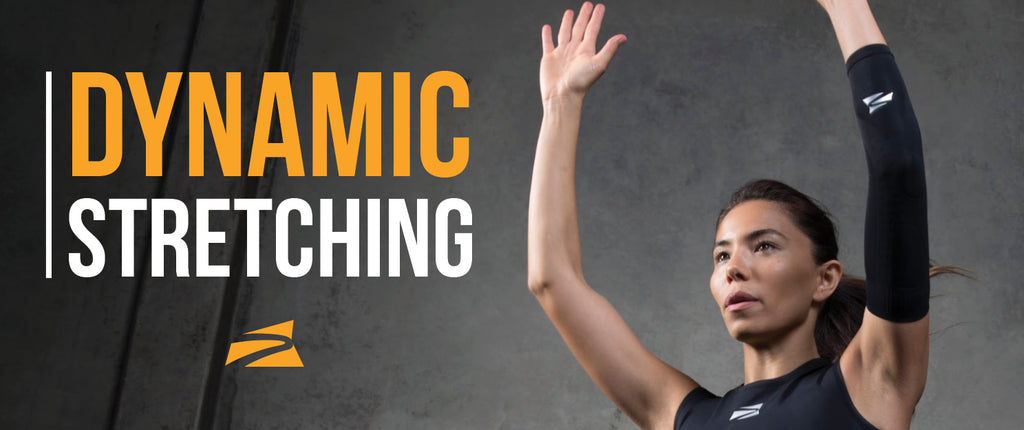
you may also like

